Following a vegetarian ketogenic diet can be challenging, especially when it comes to meal planning. It requires careful planning and preparation to ensure you are getting all the necessary nutrients while staying within the recommended macronutrient ratios. In this article, we will provide you with a comprehensive guide on how to meal plan for a vegetarian keto diet.
Determine Your Macronutrient Ratio
Before you start meal planning, it’s important to determine your macronutrient ratio. The recommended macronutrient ratio for a vegetarian keto diet is approximately 70-75% fat, 20-25% protein, and 5-10% carbohydrates. You can use online calculators to determine your specific macronutrient needs based on your age, weight, height, and activity level.
Plan Your Meals
Once you have determined your macronutrient ratio, it’s time to start planning your meals. Aim to have at least three meals per day and include healthy sources of fat, protein, and vegetables in each meal. Some good sources of healthy fats include avocado, olive oil, nuts, and seeds. Protein sources for vegetarians include tofu, tempeh, eggs, and dairy products. And for vegetables, choose low-carb options like leafy greens, broccoli, cauliflower, and zucchini.
Use a Meal Planning Template
Using a meal planning template can help you stay organized and on track with your meals. You can create your own template or use pre-made templates available online. It’s also helpful to plan your meals for the entire week to save time and ensure you have all the necessary ingredients.
Meal Prep in Advance
Meal prepping in advance can save you time and make it easier to stick to your meal plan. You can prepare meals in bulk and store them in the fridge or freezer for later. Consider batch cooking your proteins and vegetables and assembling your meals as needed throughout the week.
Incorporate Healthy Snacks
Snacking can be an important part of a vegetarian keto diet, especially if you have a busy schedule or need extra fuel for workouts. Incorporate healthy snacks like nuts, seeds, cheese, hard-boiled eggs, or sliced vegetables with dip.
Experiment with New Recipes
Eating the same meals over and over again can get boring. Experiment with new recipes to keep things interesting and try different flavor combinations. There are many online resources available for vegetarian keto recipes, including cookbooks and blogs.
Read Labels
When grocery shopping, read labels carefully to ensure that the products you are buying are low in carbs and high in healthy fats. Be aware of hidden sources of carbohydrates, like added sugars and starches.
Stay Hydrated
Staying hydrated is important for overall health and can help prevent keto flu symptoms. Aim to drink at least eight glasses of water per day and consider adding electrolyte supplements to your water.
Listen to Your Body
Everyone’s body is different, and what works for one person may not work for another. Pay attention to how your body feels and adjust your meal plan accordingly. If you’re feeling tired or lethargic, you may need to increase your protein intake or incorporate more healthy fats.
Seek Professional Advice
If you’re new to the vegetarian keto diet or have any underlying health conditions, it’s important to seek professional advice from a registered dietitian or healthcare provider. They can help you develop a personalized meal plan that meets your specific needs and goals.
Following a vegetarian keto diet requires careful planning and preparation, but it can be a healthy and sustainable way of eating for many people. By focusing on nutrient-dense whole foods like non-starchy vegetables, healthy fats, and plant-based proteins, you can create delicious meals that support your health and well-being while keeping your body in a state of ketosis. Remember to track your macronutrient intake, stay hydrated, and listen to your body’s signals to adjust your diet as needed. With the right approach and mindset, you can successfully follow a vegetarian keto diet and enjoy all of its benefits.
FAQs (Frequently Asked Questions)
Can I follow a vegetarian keto diet if I have food allergies or intolerances?
Yes, you can follow a vegetarian keto diet even if you have food allergies or intolerances. It’s important to choose foods that are safe for you and substitute ingredients as needed.
Is it necessary to track macros and calories on a vegetarian keto diet?
Yes, it’s important to track your macronutrient intake to ensure you are staying within the recommended ratios for a ketogenic diet. This will help you achieve and maintain ketosis.
Can I eat fruit on a vegetarian keto diet?
Most fruits are not allowed on a ketogenic diet due to their high carbohydrate content. However, small amounts of berries can be included in your diet as long as they fit into your daily macronutrient goals.
Can I eat processed vegetarian products on a vegetarian keto diet?
It’s best to avoid processed vegetarian products on a ketogenic diet as they often contain added sugars and starches. It’s better to choose whole, nutrient-dense foods like vegetables, nuts, seeds, and healthy fats.
How long does it take to see results on a vegetarian keto diet?
It varies from person to person, but most people will start to see results within a few weeks of starting a vegetarian keto diet. This can include weight loss, increased energy levels, and improved mental clarity.


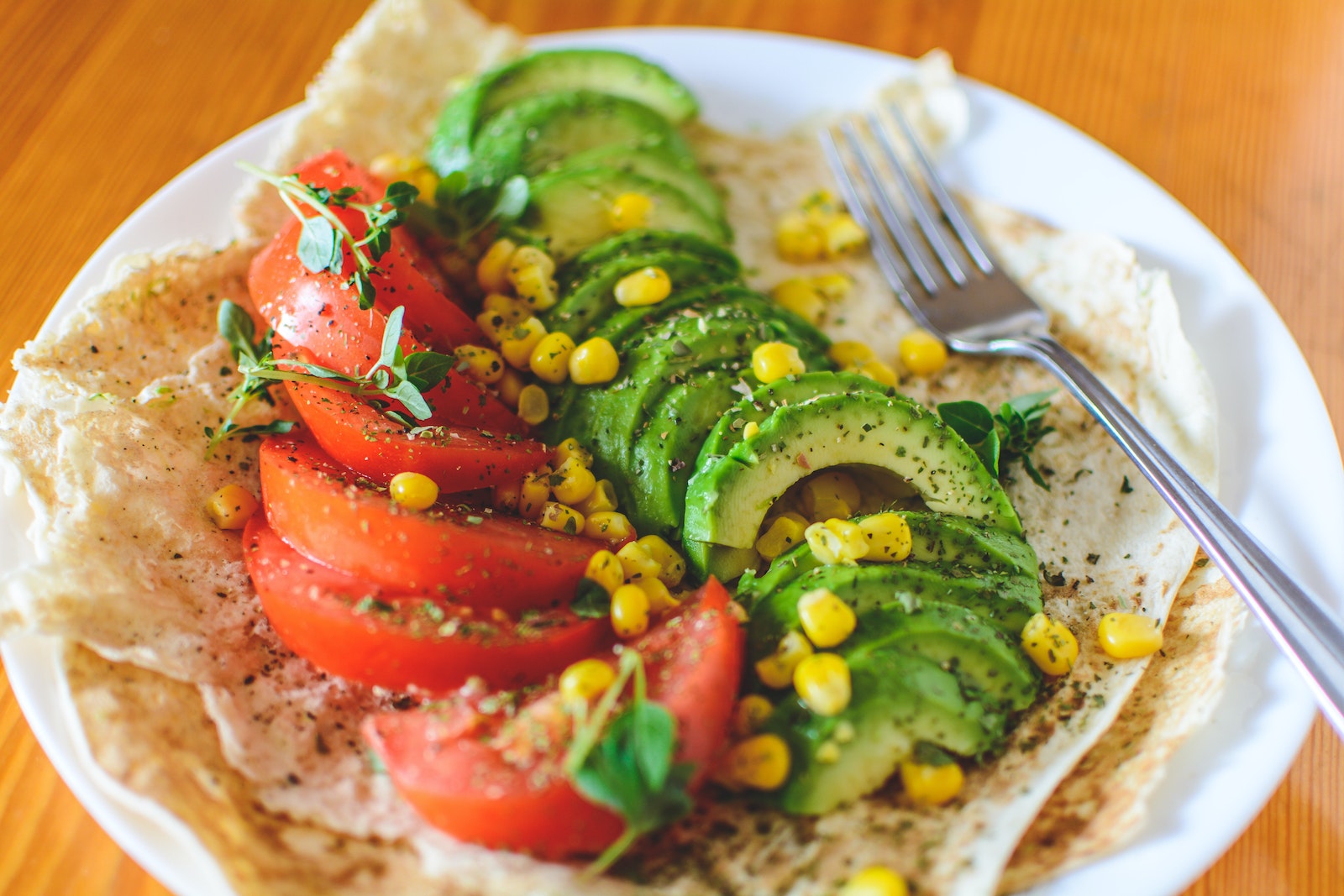
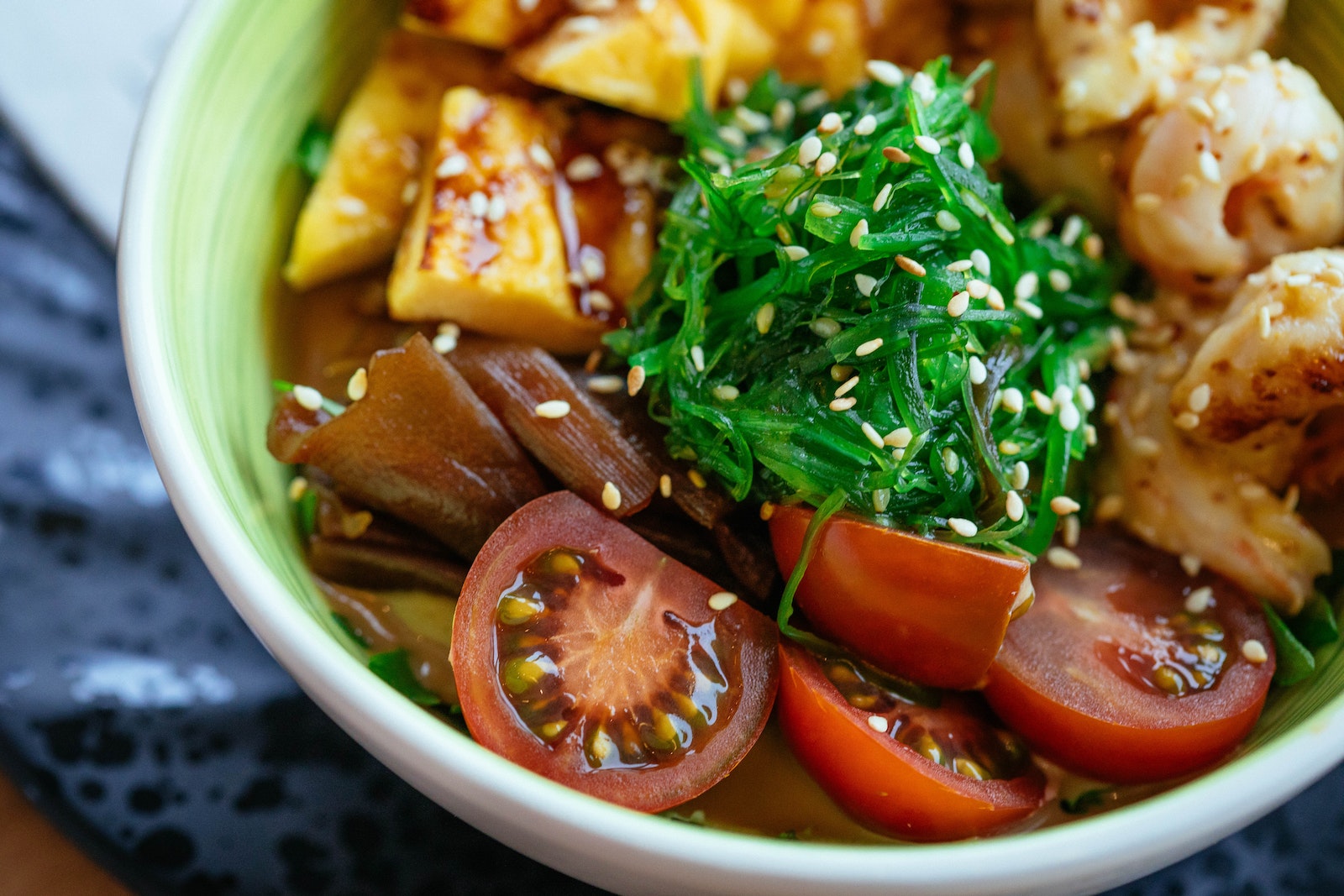

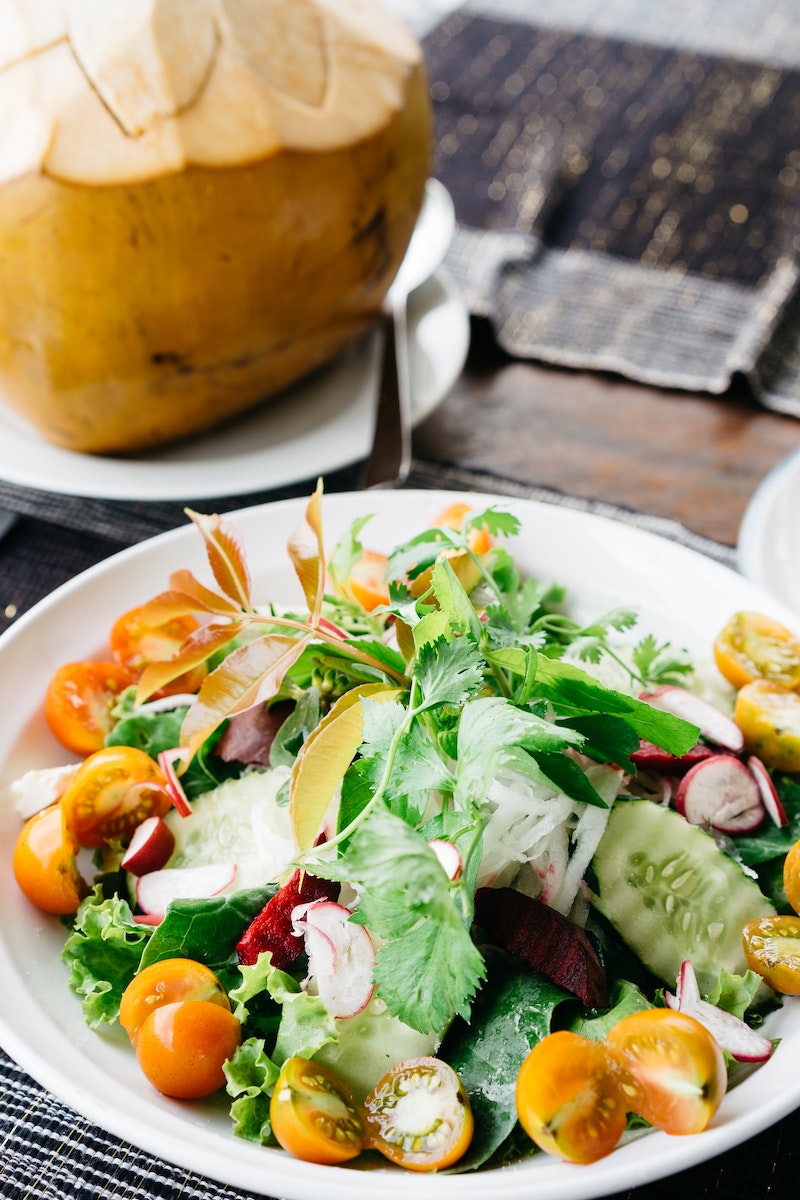
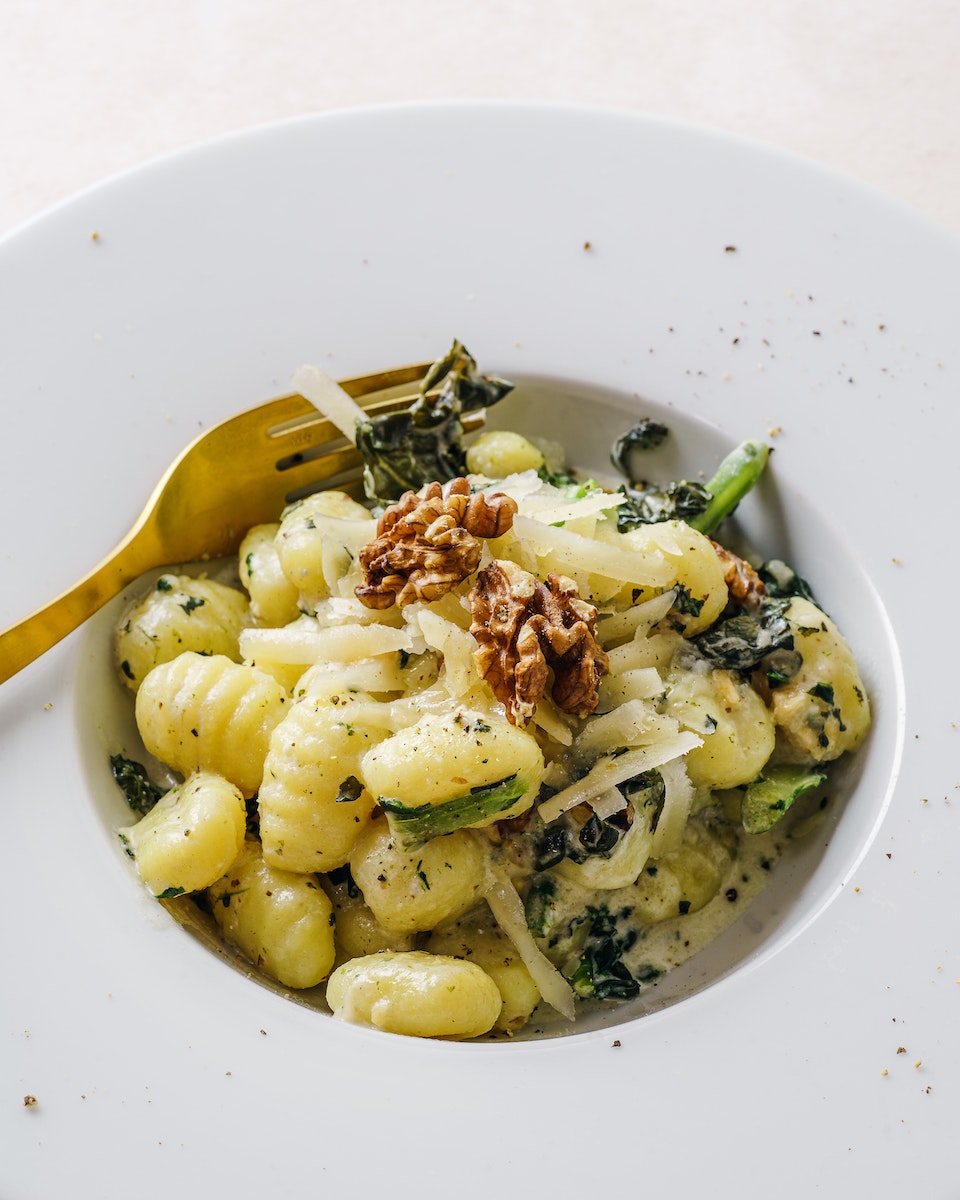
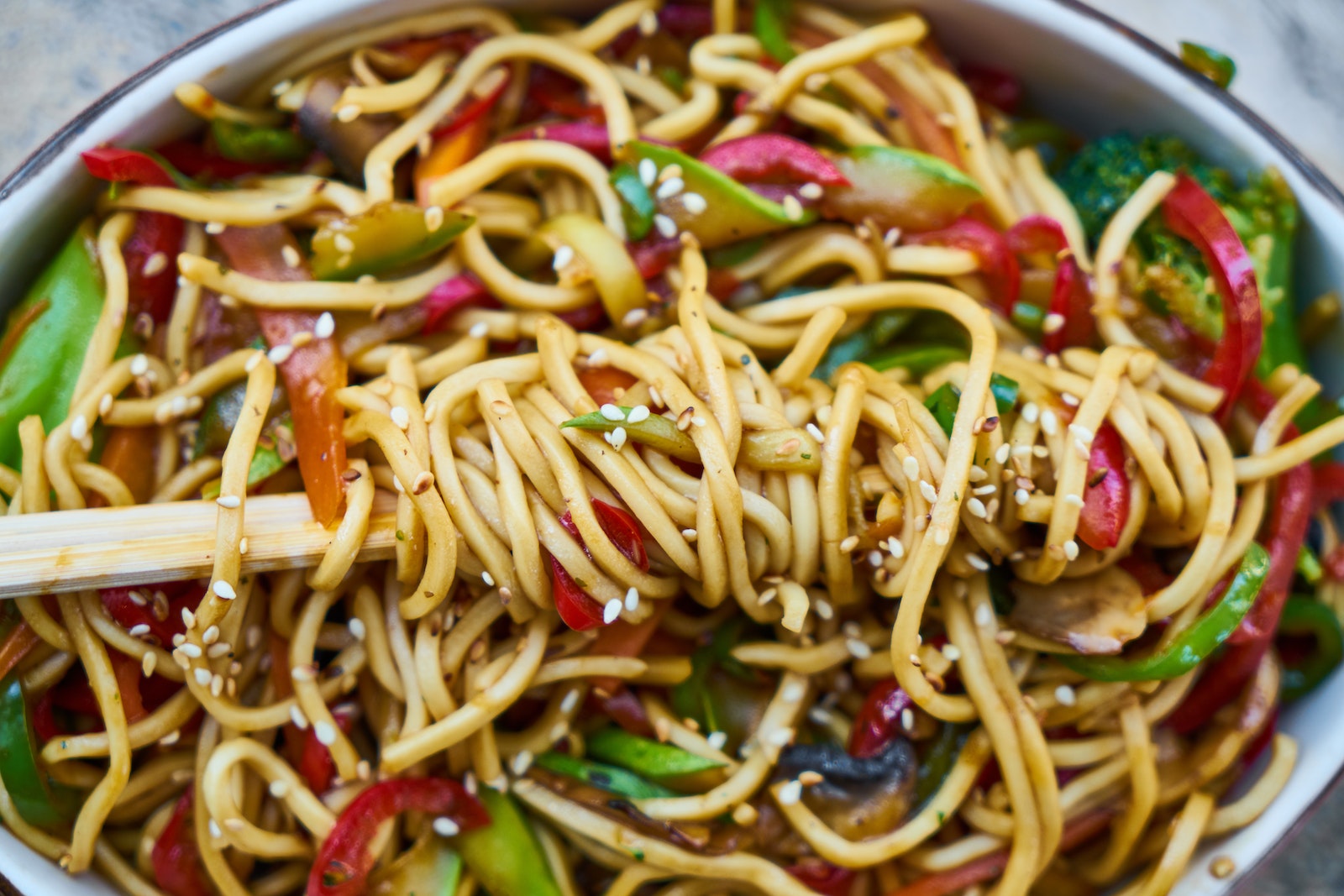



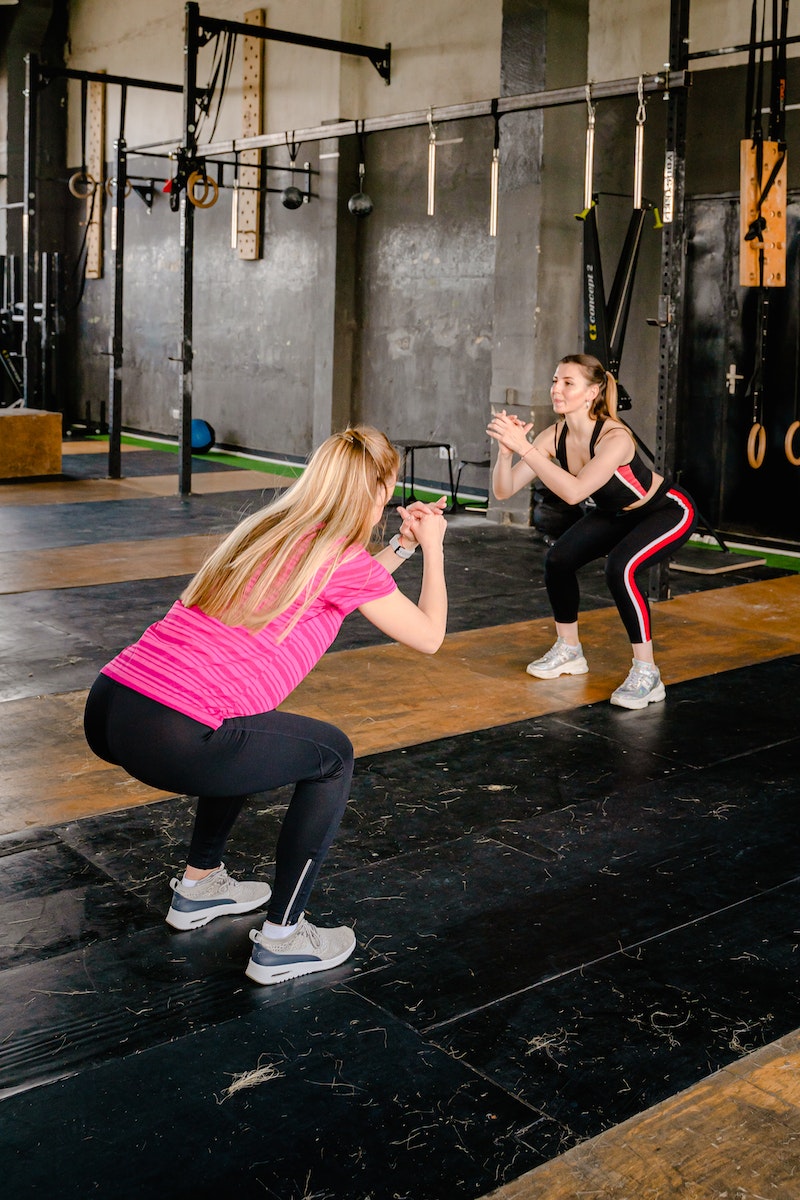
Leave a Reply